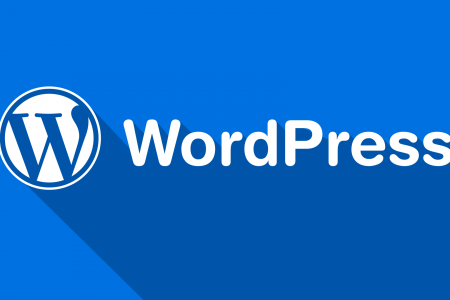How to Choose the Right Technology Stack for Your Project

Choosing the right technology stack is one of the most critical decisions when starting a new software project. A well-selected tech stack can significantly impact the project’s success, development speed, scalability, and future maintenance. In this post, we’ll walk through the steps to choose the right technology stack for your project.
1. Understand Your Project Requirements
Before deciding on a tech stack, you need to clearly define the requirements of your project. Ask yourself these questions:
- What type of application are you building? (e.g., web app, mobile app, enterprise software)
- What features does the application need?
- Will it need real-time data processing?
- How much traffic or users are you expecting to handle?
Understanding these requirements will guide you in selecting technologies that are capable of meeting these needs.
2. Consider the Project’s Scalability Needs
Scalability is essential for long-term success. If you anticipate your application growing in size or traffic over time, you need a tech stack that supports scalability. Consider the following:
- Frontend: Does the frontend technology allow you to efficiently build dynamic user interfaces?
- Backend: Is the backend framework capable of handling large volumes of traffic and data?
- Database: Choose a database that can scale horizontally if needed (e.g., MongoDB, PostgreSQL, etc.).
3. Assess Your Team’s Expertise
The skillset of your development team should play a major role in your tech stack selection. You don’t want to choose a stack that your team is unfamiliar with, as this will increase development time and complexity. Opt for technologies your team is already skilled in, or make sure there are sufficient resources for learning the new stack.
4. Evaluate the Ecosystem and Community Support
A robust ecosystem with a strong community can save you a lot of time when developing your application. Technologies with a large community and extensive documentation tend to be easier to work with. For example:
- Libraries and frameworks: Are there libraries and tools available to speed up development?
- Support: Can you easily find solutions to problems online?
- Updates: Does the technology get regular updates and security patches?
5. Match the Tech Stack with the Project’s Budget
Your budget will also affect your choice of technologies. Some technologies are free and open-source (e.g., Node.js, React.js), while others may require expensive licensing fees (e.g., proprietary software or enterprise solutions). Make sure to choose technologies that fit within your project’s budget, keeping in mind future costs for maintenance and scaling.
6. Consider the Timeframe for Development
If you need to launch quickly, choose technologies that allow for rapid development. Some frameworks, such as Laravel for PHP or Django for Python, are known for their ease of use and fast development time. On the other hand, building with a more complex stack might require more time to get everything up and running.
7. Analyze Security Requirements
Security should never be overlooked. Some technologies come with built-in security features, while others require additional tools and configurations. Consider the following security aspects:
- Does the stack have built-in protection against common vulnerabilities?
- Are there any security patches and updates available for the technologies you’re considering?
- How does the stack handle user authentication and data encryption?
8. Consider Long-Term Maintenance and Support
Choosing a stack is not only about the development phase—it’s also about long-term maintenance. Consider how easy it will be to maintain the stack over time. You want to ensure that:
- There is adequate documentation.
- New developers can easily work with the stack in the future.
- The community continues to support and improve the stack.
9. Test and Prototype
If you’re still unsure about the best tech stack, consider building a small prototype or MVP (Minimum Viable Product) using the technologies you’re considering. This allows you to test how well they perform in real-world conditions and get a better sense of how they meet your project’s needs.
Conclusion
Choosing the right technology stack is essential to the success of your project. By carefully evaluating your project’s requirements, scalability, team expertise, budget, and long-term needs, you can make an informed decision that will set you up for success. Take the time to consider all the factors before making a decision, and don’t be afraid to test out different stacks to find the one that works best for your project.
This structure should help guide readers through the process of choosing the right technology stack for their project.



